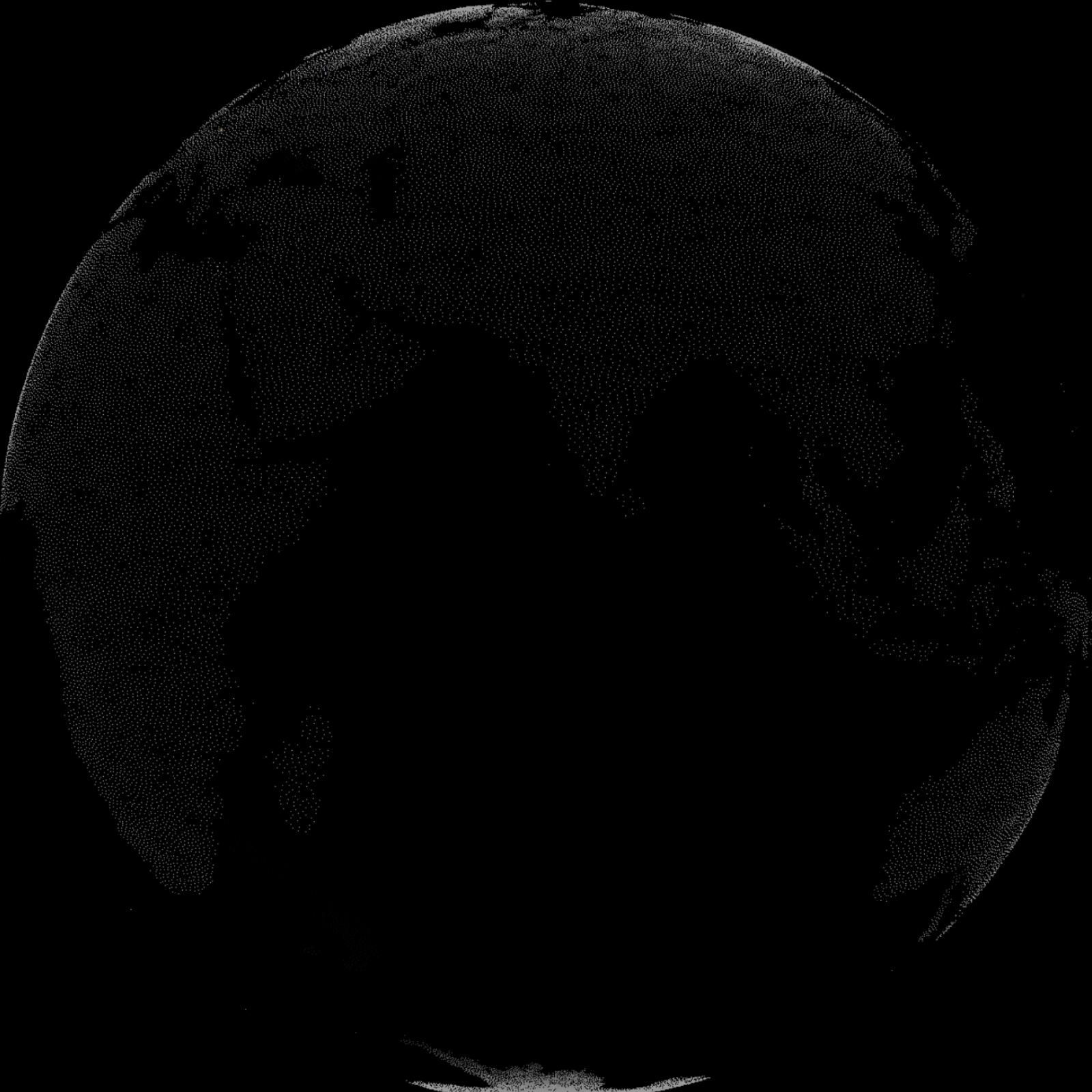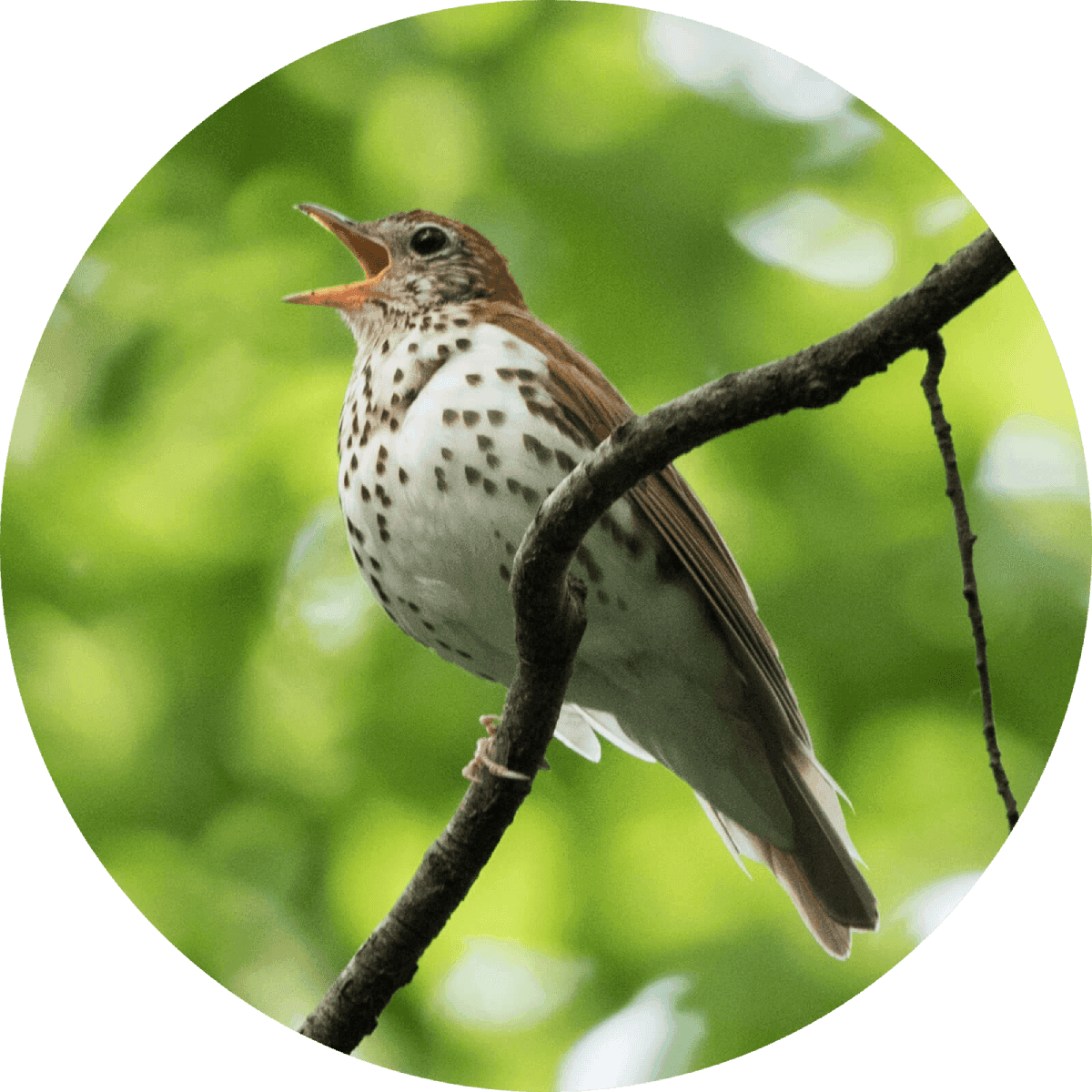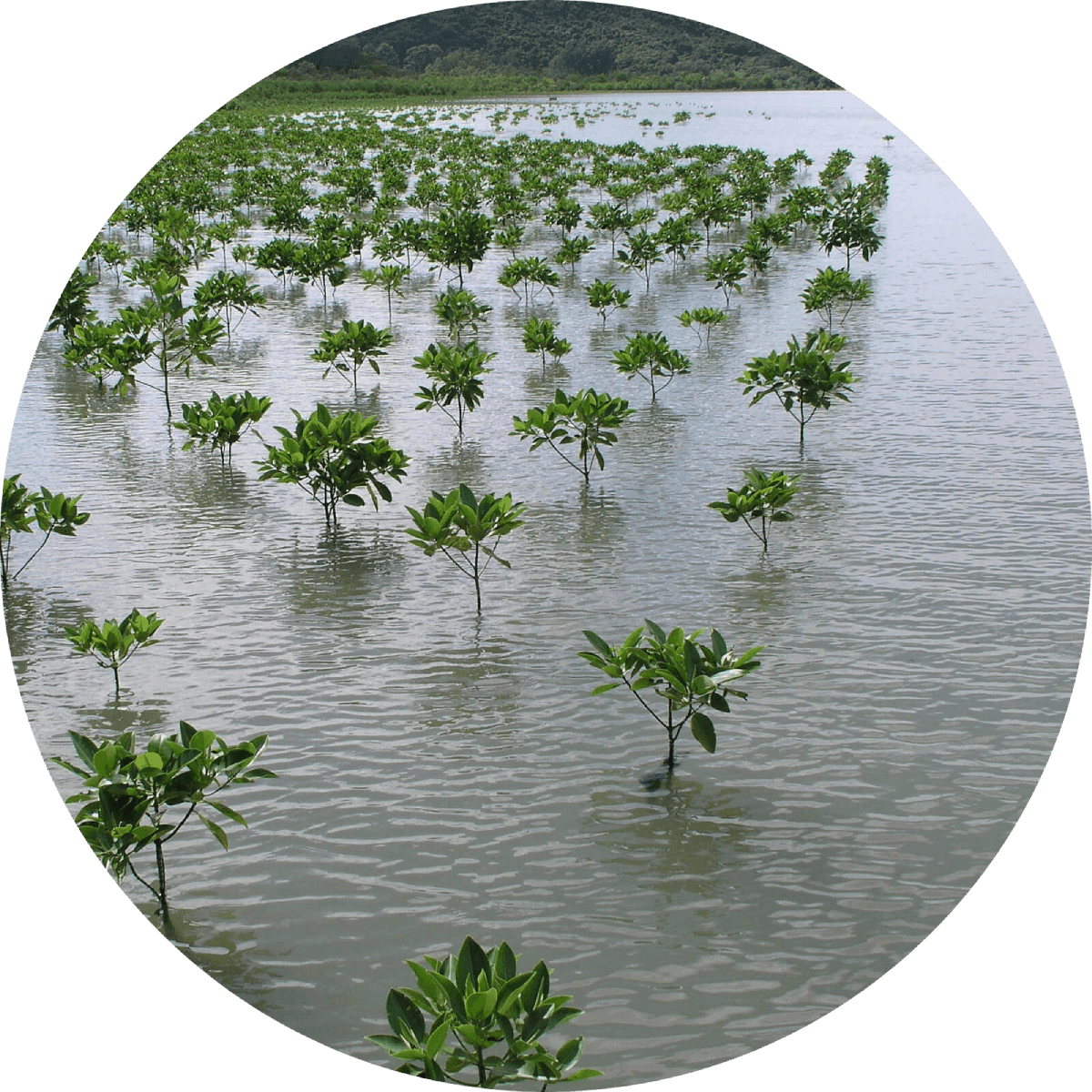Stacy Liberatore, "Great Pacific Garbage Patch has 'connecting pathway with East Asia' that may feed it debris," Daily Mail Online, 2 March 2021, https://www.dailymail.co.uk/sciencetech/article-9317071/The-Great-Pacific-Garbage-Patch-connecting-pathway-Asia-feeding-debris.html
The recent return of thousands of tiny tropical tree snails to French Polynesia represents one of the biggest reintroduction programmes ever attempted by conservationists... More than 15,000 partula snails...have been shipped out to Polynesia over the past five years... Their demise in the wild was brought about by a botched land management scheme last century. “The French authorities who ran the islands in the South Pacific decided to introduce the African giant land snail as a foodstuff,”... Unfortunately, those African giant snails escaped, bred and began destroying local crops. As a result, the authorities decided to get rid of these interlopers – by introducing a second snail, the rosy wolf snail to kill off the newly introduced pests... Unfortunately again, the rosy wolf showed a distinct distaste for the African giant snails that they were supposed to digest and instead chose to eat local Partula snails. The impact was devastating.
In French Polynesia, industrial fishing is largely subsidized with public funds... the level of public money going toward fishing subsidies in French Polynesia runs counter to international recommendations and guidance on the issue. Most of the public subsidies in French Polynesia go toward industrial fishing rather than coastal fisheries that would benefit local communities... Around the world, the practice of subsidizing industrial fishing fleets has widely been recognized as detrimental to overall ocean health because it encourages overfishing... fisheries subsidies result in more and more vessels on the water chasing fewer and fewer fish.
Since the archipelago was first settled by humans 750 years ago, its unique biodiversity has been under pressure, and today an estimated 49% of the terrestrial avifauna is extinct. Current efforts to conserve the remaining fauna rely on a better understanding of the composition of past ecosystems, as well as the causes and timing of past extinctions.
Pacific Islanders are banding together to bring attention to the tons of plastic waste washing up on once-pristine shores... The Pure Tour is a project initiated by Tina Ngata, also known as the Non-Plastic Maori. She’s a powerful blend of conservationist and indigenous rights activist... More islands are embracing the zero-waste philosophy. On Rapa Nui travelers refill their reusable water bottles at water stations around the island. In Hawaii a bill to ban polystyrene food containers is being debated... Polynesian voyagers assembled behind a giant banner that read, “Ban the Bag.” They marched toward Parliament with a petition in hand signed by 65,000 citizens supporting a nationwide ban on single-use throwaway plastic bags...
“We are all voyagers. What you carry with you and what you leave behind define who you are.”
Carbon emissions in an industrialized world have created two problems for coral reefs: climate change and ocean acidification. Climate change drives ocean warming, which impacts biological and ecological reef processes, triggers large-scale coral bleaching events, and fuels tropical storms. Ocean acidification slows reef growth, alters competitive interactions, and impairs population replenishment... Coral reefs support the livelihoods of millions, and threats to coral reefs are ultimately threats to people. Solutions that will carry healthy coral reefs into the next century will be those that tackle the global carbon emissions challenge and the local management problems, involving reefs and people.
A rāhui is a Māori sacred restriction upon the use of certain resources, which in the late 20th century became an official legal designation sanctioned by the New Zealand Ministry of Fisheries and other environmental regulation departments in Polynesia. "'In the 1980s, we witnessed overfishing along our coastlines as modern fishing techniques and freezers arrived to our island,' Tuanainai Narii, the mayor of Rapa, said in a statement. 'We brought our fish stocks back to healthy levels by reinstating a coastal rāhui. Now we see what is happening in the larger Pacific and recognize that more must be done to conserve pelagic fish stocks, which is why we are calling for this marine reserve as a big rāhui on the open ocean.'”
In New Zealand, anything with fur and beady little eyes is an invader, brought to the country by people—either Maori or European settlers. The invaders are eating their way through the native fauna, producing what is, even in an age of generalized extinction, a major crisis... Except for a few species of bats, the country has no native mammals. Why this is the case is unclear, but it seems to have given other groups more room to experiment. Weta, which resemble giant crickets, are some of the largest insects in the world; they scurry around eating seeds and smaller invertebrates, playing the part that mice do almost everywhere else. Powelliphanta are snails that seem to think they’re wrens; each year, they lay a clutch of hard-shelled eggs. Powelliphanta, too, are unusually big—the largest measure more than three and a half inches across—and, in contrast to most other snails, they’re carnivores, and hunt down earthworms...
"The Marshall Islands are marking 60 years since the devastating US hydrogen bomb test at Bikini Atoll...Bikini islanders and their descendants have lived in exile since they were moved for the first weapons tests in 1946. When US government scientists declared Bikini safe for resettlement some residents were allowed to return in the early 1970s. But they were removed again in 1978 after ingesting high levels of radiation from eating foods grown on the former nuclear test site."
“Tuvalu, a tiny archipelago of nine South Pacific islands threatened by rising seas, is on the front lines of the planet’s climate change debate. Current projections indicate that it will become unlivable within 50 years, resulting in an exodus and the erasure of a rich 3,000-year-old culture."
"Two hundred years ago, millions of kiwi lived all through New Zealand’s forests, and the night air echoed with their calls...Today the birds are under siege. By 1998, the population had plummeted to fewer than 100,000 birds. By 2008 that figure had fallen even further – to about 70,000... Kiwi face threats from three main directions – predators, lost habitat and people....Today, in places where kiwi are being managed, things are improving and many populations are stable or increasing. These places include Department of Conservation (DOC) kiwi sanctuaries, community-led projects (many of them sponsored by BNZ Save the Kiwi) and offshore island sanctuaries.”
"At nearly 140,000 square miles in size, the monument was the largest marine protected area in the world at the time of its founding. These islands are home to millions of seabirds, an incredible diversity of coral reef species — including deep-sea corals, and the highly endangered Hawaiian monk seal."
"On the Hawaiian Islands, 60 native bird species have become extinct since the arrival of the Polynesians between 1,500 and 2,000 years ago. Roughly one-third of those remaining (20-25 species) disappeared in the two centuries following the arrival of the Europeans, and two-thirds of the surviving species are now endangered. . . . Before discovering the great Holocene extinction of Pacific birds, biologists and biogeographers thought that today's distribution patterns for birds were natural. Now they are beginning to reinterpret the patterns and to recognize human effects. . . .While some of the range losses for living species might be restored through conservation efforts, it is increasingly apparent that we are centuries too late to preserve any true reflection of the original Pacific avifauna."


Learn about Maya Lin’s fifth and final memorial: a multi-platform science based artwork that presents an ecological history of our world - past, present, and future.

Discover ecological histories and stories of former abundance, loss, and recovery on the map of memory.

Learn how we can reduce our emissions and protect and restore species and habitats – around the world.

See how art can help us rethink the problems we face, and give us hope that each one of us can make a difference.

Help make a global memorial something personal and close to home. Share your stories of the natural world.